Marketing and POS Fulfillment
Create a faster, more efficient supply chain for promotional merchandise & POS material and reduce and control your print budget. Staci Americas works with businesses to streamline the storage and distribution of point of sale (POS) displays, furniture, supplies promotional items and sales literature.
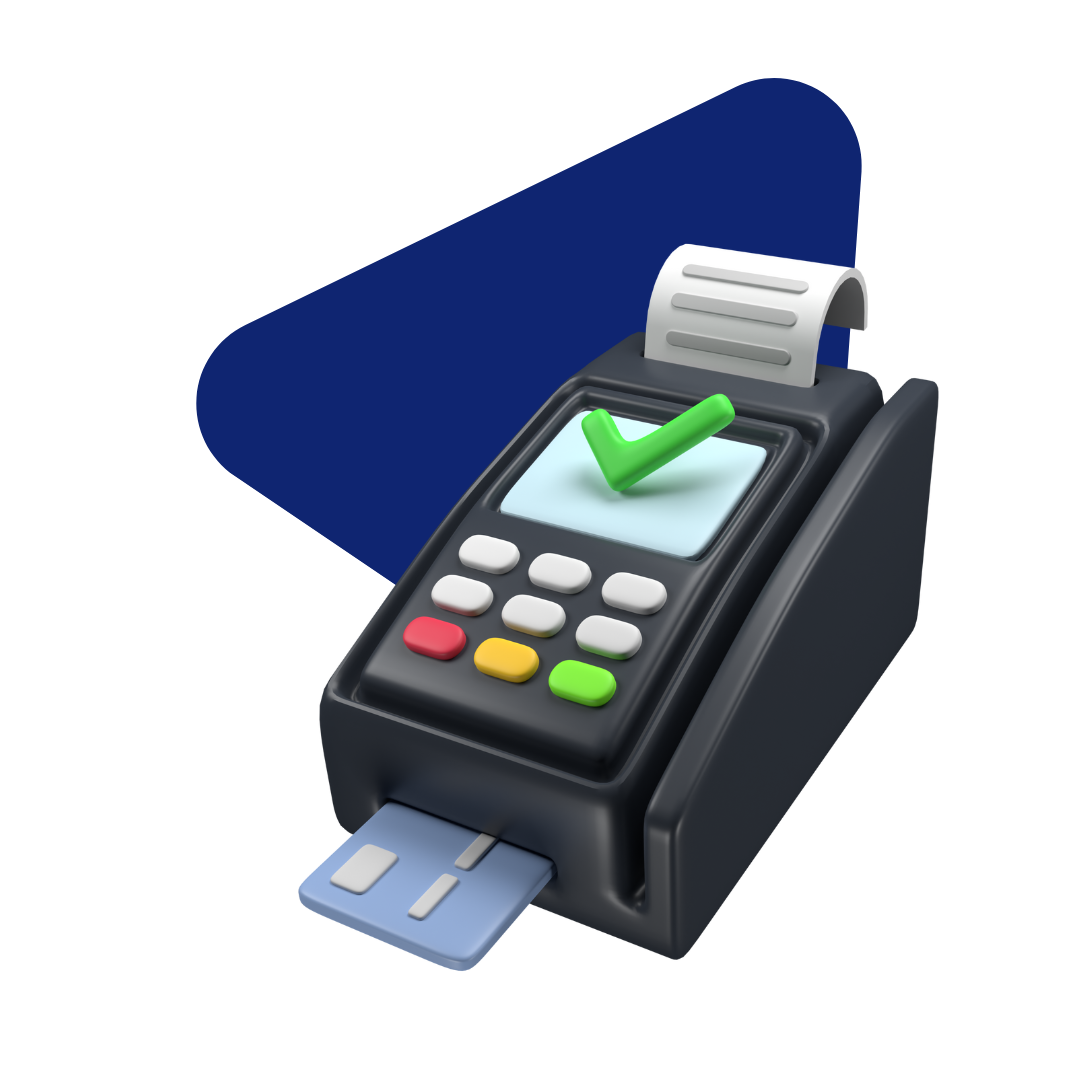
Fully Customized & Seamless Brand Experience
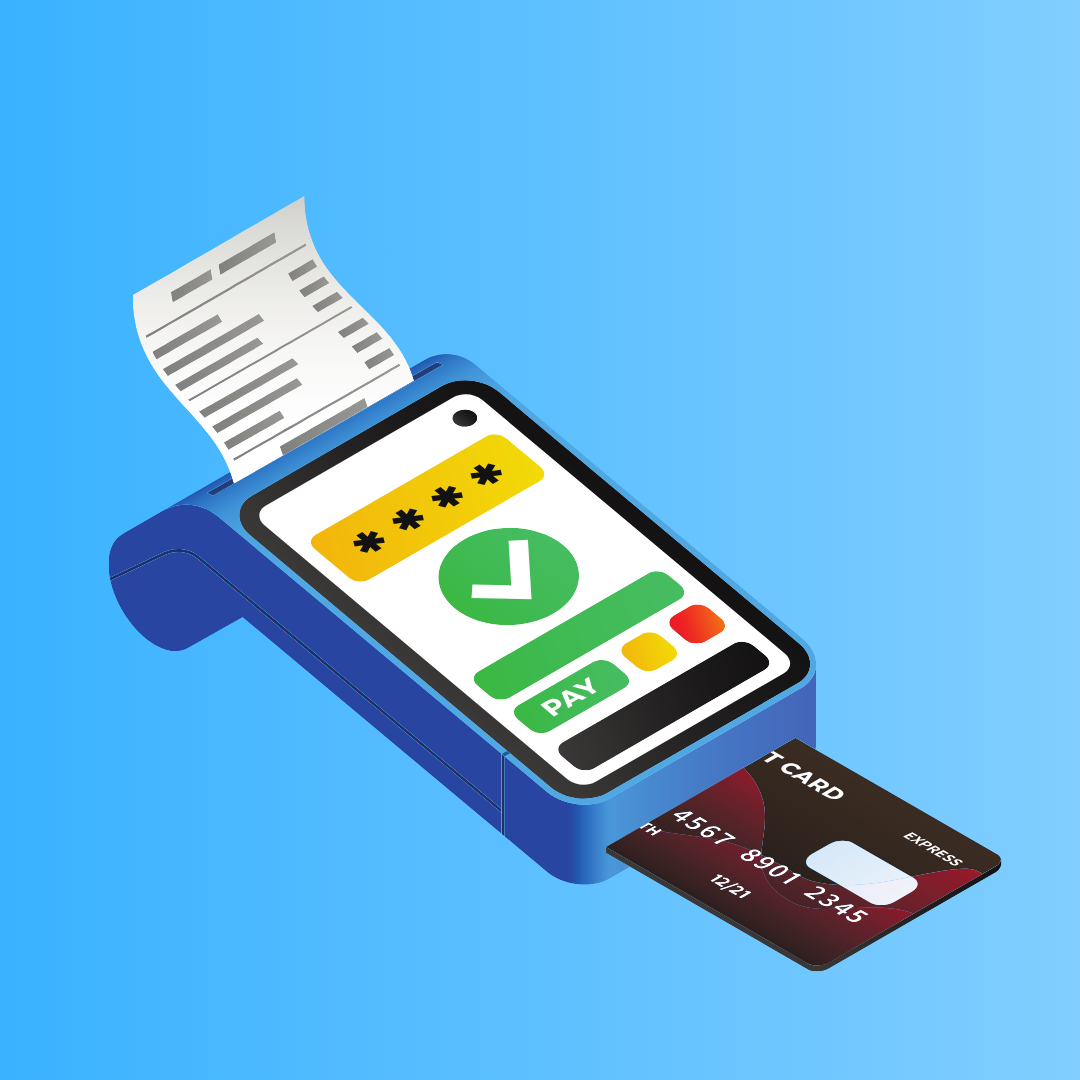
POS and Marketing
Material Distribution

Promotional Products
POS, events, displays, samples, flyers, posters, banners, goodies, promotional products, etc.
.png?width=1080&height=1080&name=Team%20(2).png)
Simplified Distribution
Print, promotional & other non-sales merchandise to points of sale and salespeople
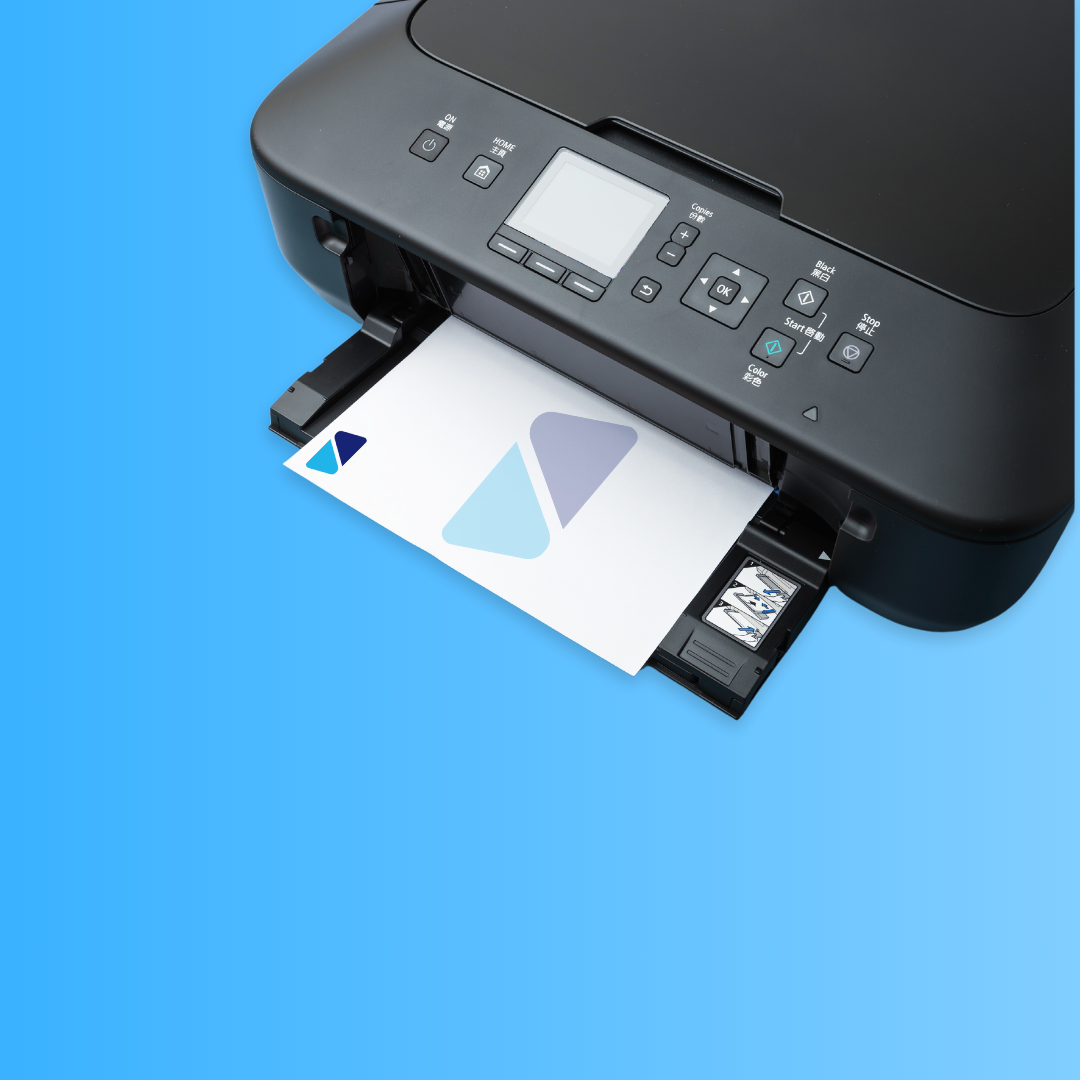
Turnkey Digital
Turnkey Digital and Offset Printing
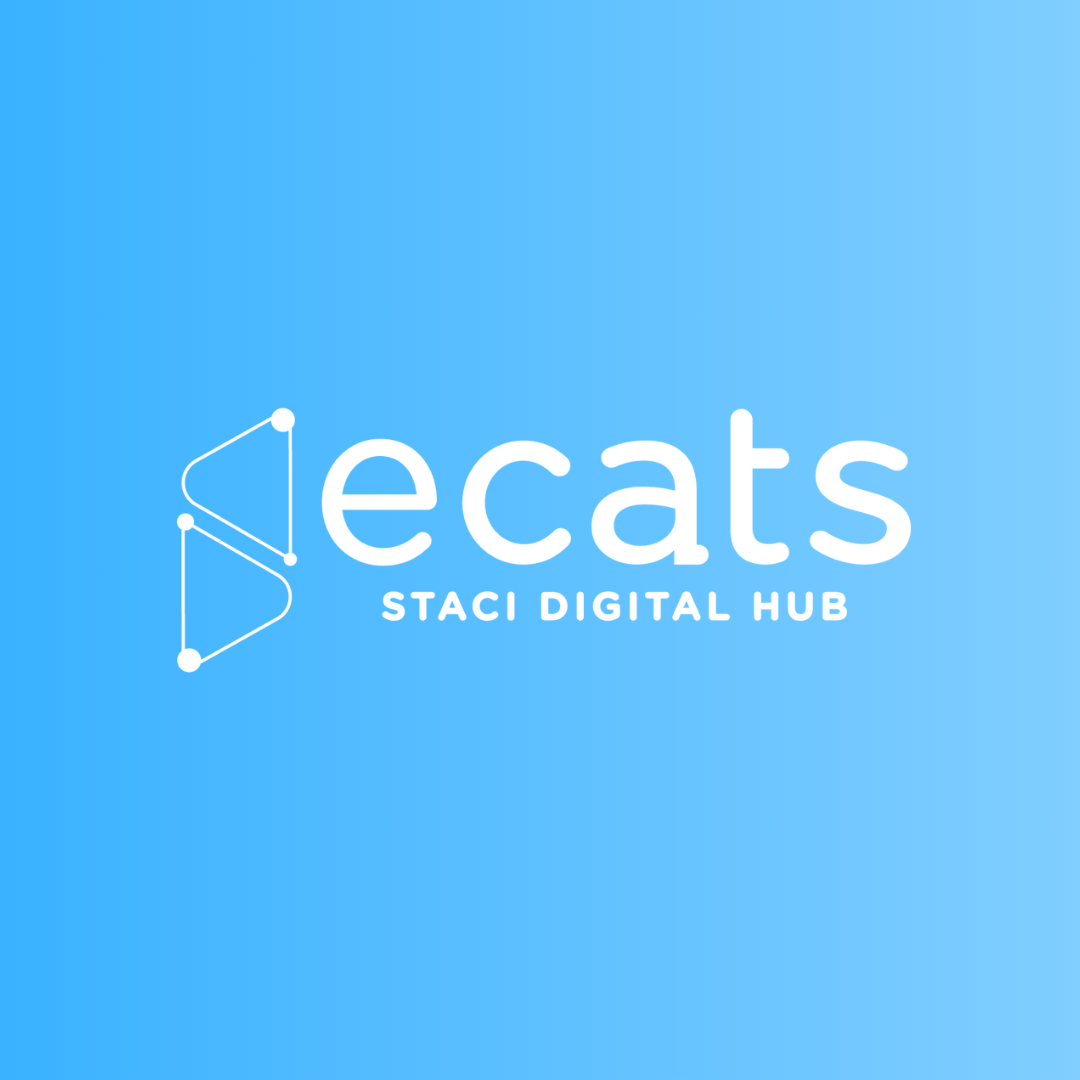
ECATs
Custom marketplace and inventory management solution.
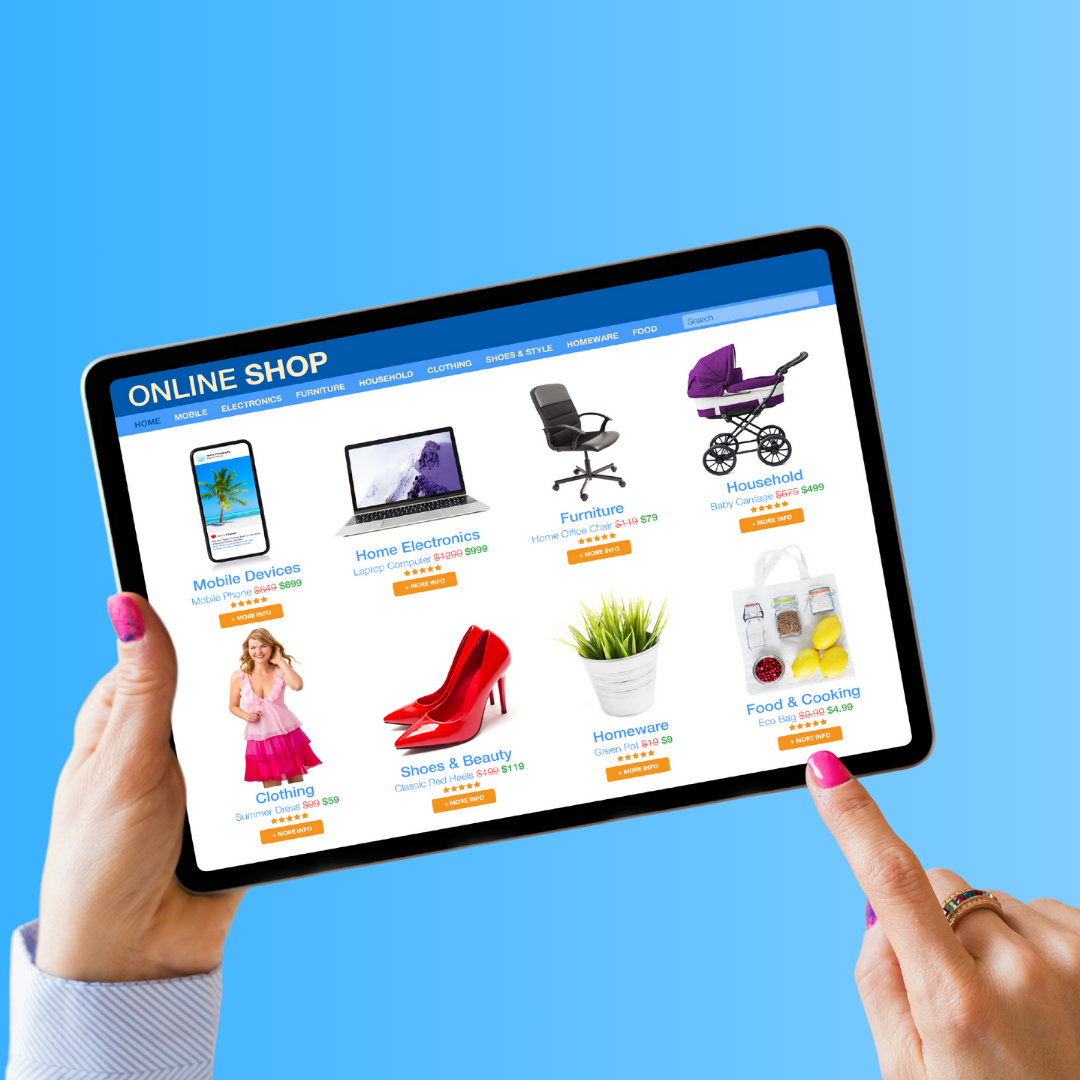
Online Ordering
Easy, online ordering for non-sales items like POS, literature and promo items

Signage
Customizable Print and Digital Signage

Brand Experience
Customize your brand experience

Kitting & Packaging
Meet the unique kitting & packaging requirements of direct sellers

Standard Kits and Booklets
Preassembled, designed or customized on demand
Staci Americas helps you to…
We determine ideal quantities and reproduction methods for each piece in your inventory.
Maximize the impact of your print spend through smarter production and close monitoring of inventory.
Easy-to-use tools help you improve conversion through personalization.
Ready to get started?
We are here to answer your questions

